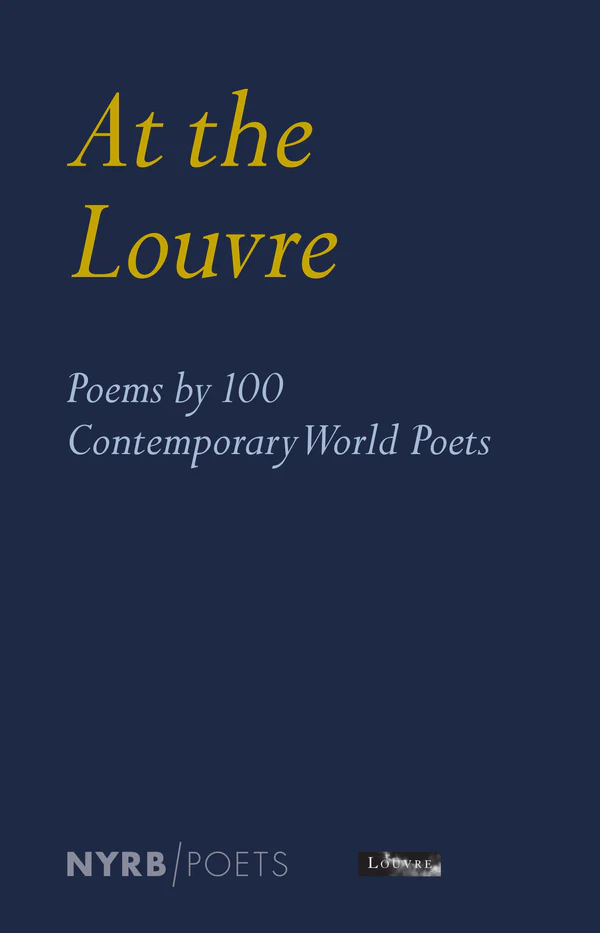'The Forest at the Edge of Time' by Ashley Hay
Let’s begin, somewhere around 4,500 bce, in a small patch of soil on the south-west coast of Western Australia. An ovule and some pollen combine on the crest of a ridge overlooking the sea, and a plant begins to grow. It’s a little thing with juvenile leaves which will become a faintly glossy bluish-grey green as it matures. This is a eucalypt, a mallee, and it flowers with small white blossoms. The fruits are cup-shaped, perfectly lovely hemispheres.[i]
More than six thousand years later, in 1981, a government researcher happens to walk this ridge, find this plant, and report it to the Western Australian Herbarium, which sends a collector to investigate the following year. It takes a decade before it is formally scooped into science and classified in the Linnean tradition: genera, species; general, specific; Eucalyptus phylacis. The botanists note that the tree is only known from the landscape where its original – or ‘type’ – specimen was collected, and that that population itself has ‘already been damaged by roadworks’. Its name derives, they say, from ‘the Greek phylakis, a watcher or guard (female), referring to its occurrence on a hill overlooking the ocean’.[ii] Thanks to its location, the tree becomes known as the Meelup mallee.
As the decade passes, there are other ways of looking at plants, other scientific information that might be extracted from them – primarily through the advent of sequencing. One of a mallee’s characteristics is that it can grow several stems from a single lignotuber (the below-ground growth that contains the tree’s food reserves and buds). By the mid-1990s, that lone population of the Meelup mallee comprises six small stands that have been divided by a large car park.
By the turn of the millennium, scientists know of more than 240 different species of eucalypts in the south-west region of Western Australia, thirty-five of which are considered rare and endangered, and thirteen of which are known to grow in only one spot.[iii] The Meelup mallee is one of these. The first work done on it in terms of conservation genetics confirms it as distinct from the species it most closely resembles (E. decipiens) and reveals that all the stems of this tree – 173 in total – comprise exactly the same genetic material. Perhaps it is a hybrid, suggest researchers, but although E. decipiens is found growing in the vicinity and proposed as one putative parent, there is nothing apparent that could have provided the other side of the genetic equation.
Continue reading for only $10 per month. Subscribe and gain full access to Australian Book Review. Already a subscriber? Sign in. If you need assistance, feel free to contact us.














Comment (1)
Leave a comment
If you are an ABR subscriber, you will need to sign in to post a comment.
If you have forgotten your sign in details, or if you receive an error message when trying to submit your comment, please email your comment (and the name of the article to which it relates) to ABR Comments. We will review your comment and, subject to approval, we will post it under your name.
Please note that all comments must be approved by ABR and comply with our Terms & Conditions.